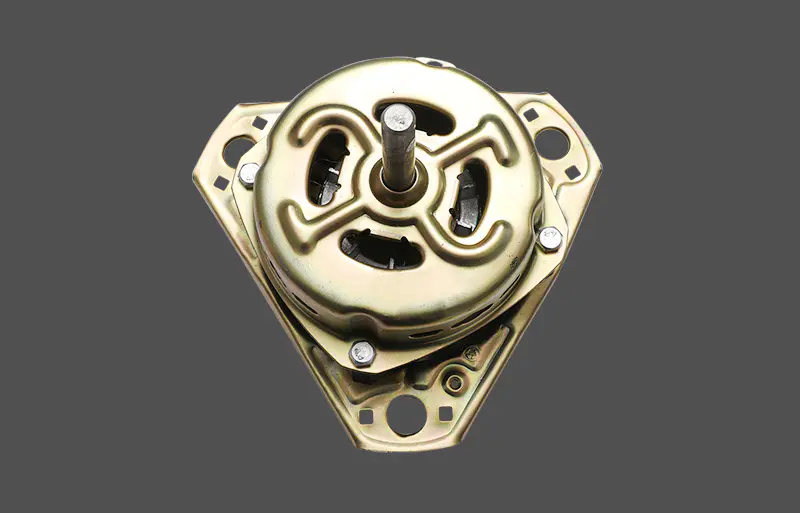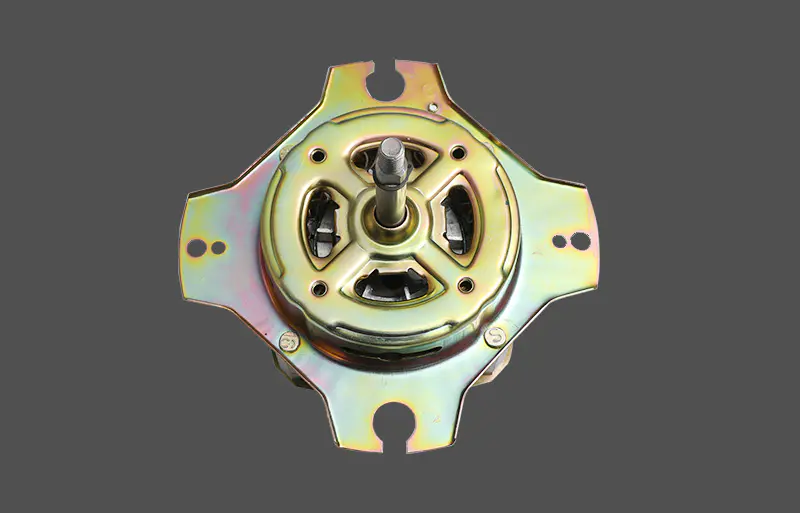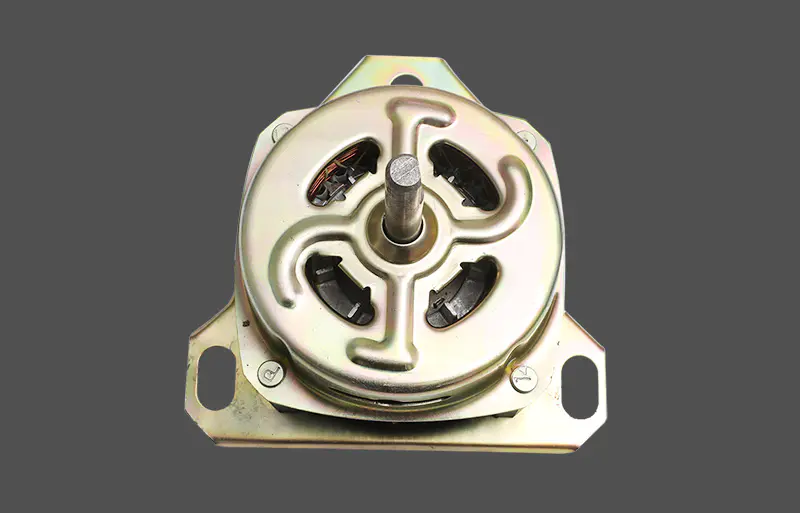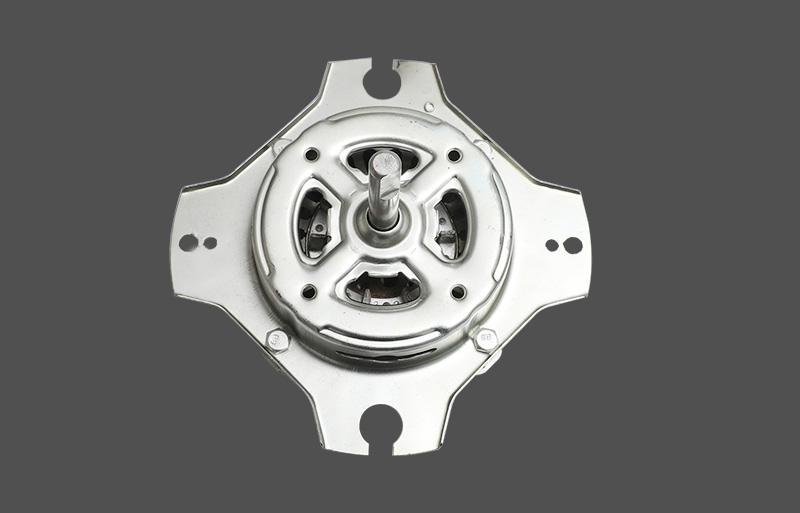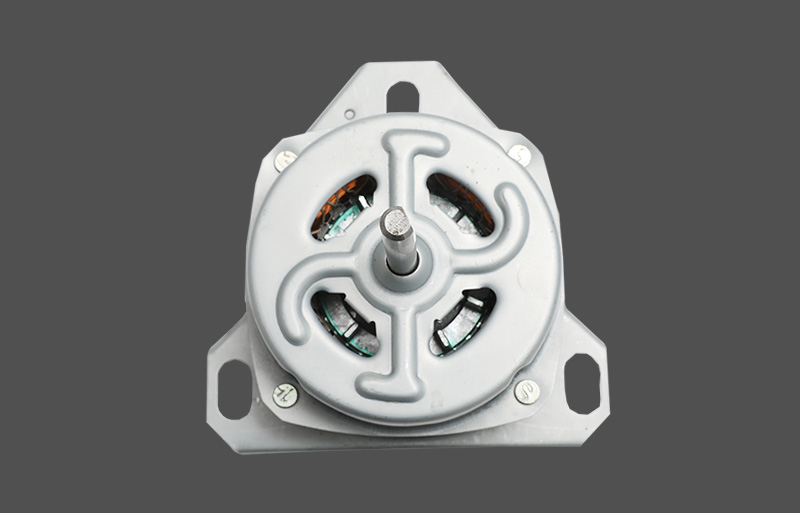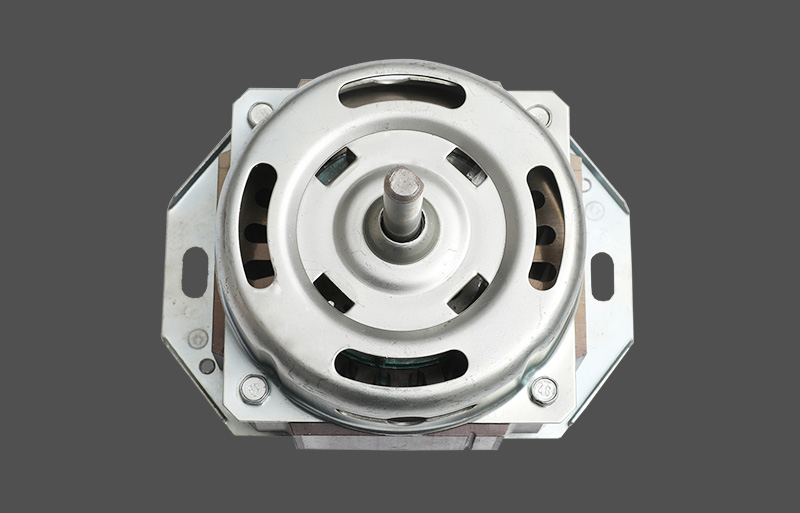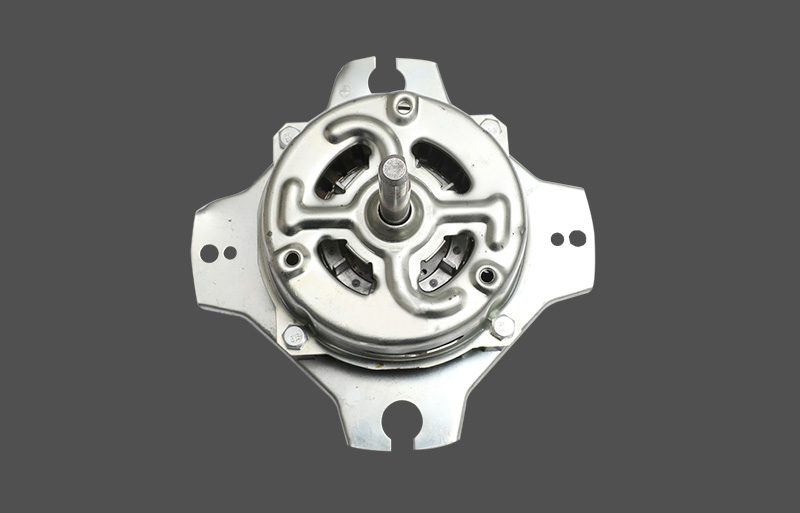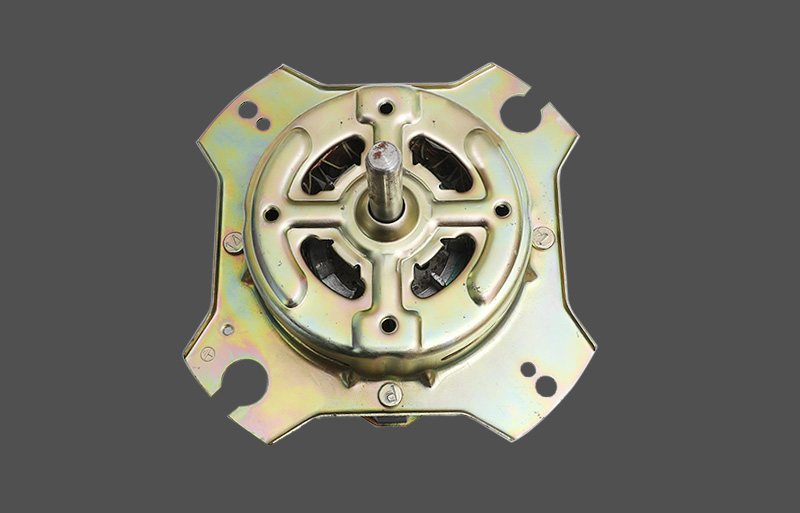The washing motor of a washing machine plays a key driving role in the entire washing, rinsing, and dehydration processes. The stability of its speed is directly related to the washing effect, noise level, dehydration efficiency, and service life of the whole machine. If the motor speed is unstable, it often indicates that there is an abnormality in the control system, the motor body, or the external load.
Power supply voltage fluctuation or power supply abnormality
Washing machines usually rely on the mains to provide a stable AC power supply. When the power supply voltage fluctuates frequently, the voltage is too low for a short time, or there is harmonic interference, it is easy to cause the starting ability and running speed of the washing motor to fluctuate. For motors using variable frequency control, poor input power quality will also affect the modulation stability of the inverter, causing the output frequency to change, thereby affecting the magnetic field synchronization and speed stability of the motor. To ensure system stability, it is recommended to add a voltage detection module to the design to ensure that protective measures or load reduction are taken when the power supply fluctuates.
Abnormal feedback from the motor control system
Modern washing machines generally use closed-loop control technology, relying on Hall sensors, rotary encoders, or back-electromotive force signals for real-time speed feedback. If the feedback signal is lost, distorted or delayed, the controller will not be able to accurately identify the current motor speed, and the output control signal will be adjusted frequently, which will cause the speed to fluctuate. Typical reasons include Hall sensor failure, loose wiring, sensor position offset, control board failure or poor interface contact. It is necessary to observe the feedback waveform and check the driver chip function module through an oscilloscope.
Load fluctuation or mechanical stagnation
The washing motor load is usually transmitted to the inner barrel through a belt, clutch or reduction mechanism. When there is an imbalance on the load side (such as clothes concentrated on one side), the transmission parts are blocked (such as belt slippage, clutch semi-engagement, large bearing resistance), etc., the motor load torque will change suddenly during operation, causing the motor speed to fluctuate. Especially during washing or dehydration, if the water absorption of the clothes in the barrel is uneven, it will also cause dynamic unbalanced operation. The motor needs to continuously adjust the output to maintain the target speed, resulting in unstable speed.
Inverter output waveform distortion
The core of the variable frequency drive system is to convert the AC power supply into a frequency-adjustable pulse width modulation wave (PWM) to control the motor speed. When the drive waveform of the inverter is irregular or the modulation parameters are inappropriate (such as the carrier frequency is set too low, the dead time is set abnormally, or the state of overmodulation), the motor magnetic field may rotate discontinuously or the phase may be disordered, resulting in periodic or intermittent speed fluctuations. Aging of power devices in the drive module, damage to the drive IC, and degradation of the filter capacitor may also cause unstable output. Diagnosis is required by detecting the consistency of the PWM waveform and the output three-phase current.
Partial damage to the motor winding
If there are problems such as inter-turn short circuit, partial burning, and coil aging in the washing motor winding, the electromagnetic force output of the motor in some magnetic pole areas will be unbalanced, and the speed will fluctuate with the position during operation. This type of fault is usually not easy to expose in the no-load state, but it manifests as jitter and speed fluctuations in load operation. The abnormal position of the winding can be confirmed by insulation resistance testing, AC impedance analysis, or thermal imaging.




